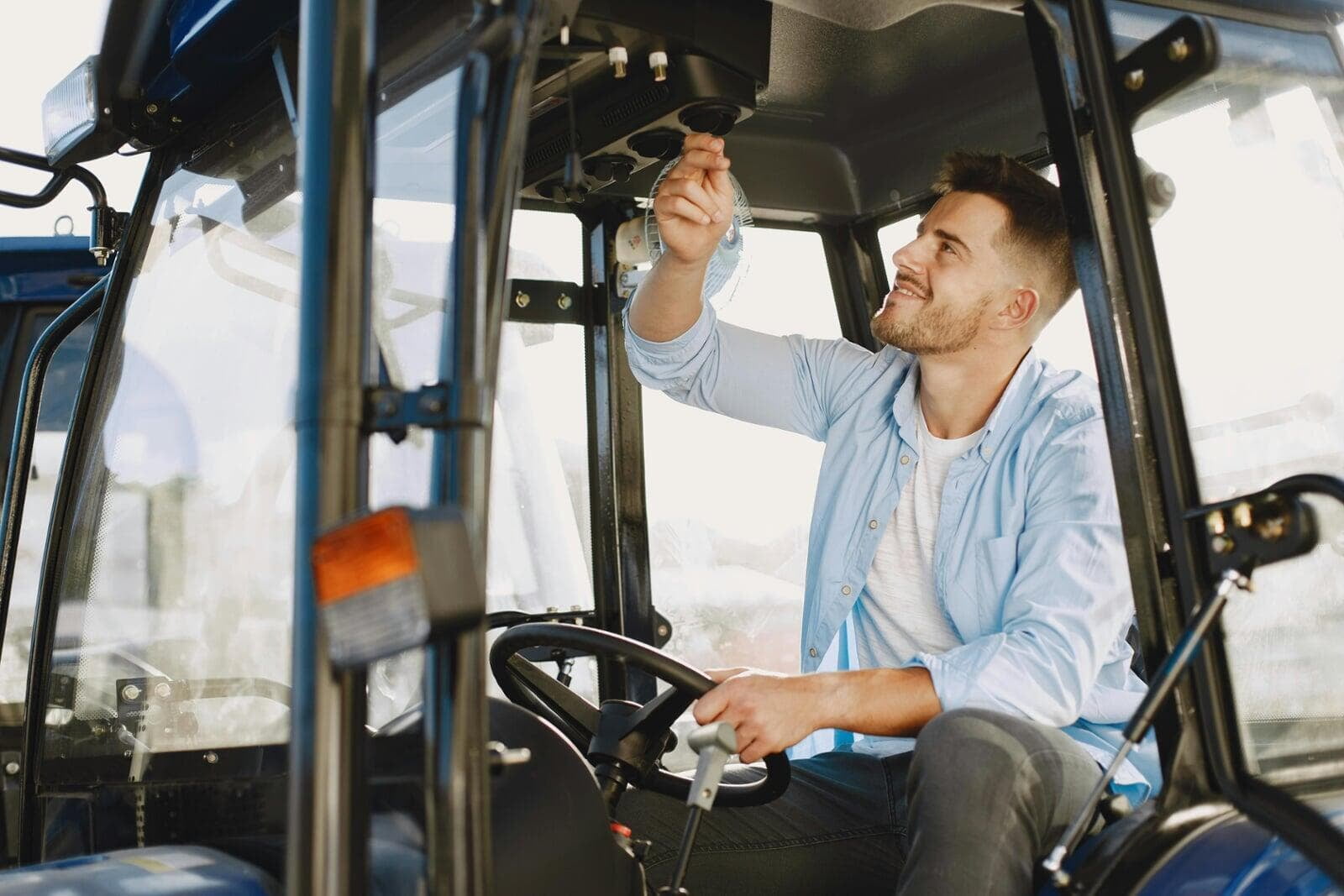The Crucial Role of Calibration and Data Acquisition
In agricultural vehicle development, calibration and data acquisition are foundational steps in creating high-performing, efficient, and reliable machines. In the era of precision agriculture, where farmers rely on advanced technology to maximize crop yield, reduce resource usage, and lower environmental impact, fine-tuning vehicle systems is essential. Calibration ensures agricultural vehicles operate precisely within their intended parameters, while data acquisition provides engineers and developers with critical insights into machine performance, environmental conditions, and crop health. Companies like Accurate Technologies Inc. (ATI) provide essential tools that streamline these processes, making data-driven innovation in agricultural vehicle development more achievable.

Calibration in Agricultural Vehicle Development
- Engine Calibration: This ensures engines run efficiently, achieve power and torque requirements, and meet emissions standards.
- Transmission Calibration: Proper transmission calibration allows smooth gear shifts and efficient power delivery, accommodating field conditions to improve productivity.
- Hydraulic System Calibration: Fine-tuning hydraulic systems optimizes vehicle attachments like plows, seeders, and sprayers, ensuring precision in tasks such as planting, tilling, and fertilizing.
The Role of Data Acquisition in Agricultural Vehicle Development
Practical Applications of Calibration and Data Acquisition in Vehicle Development
- Optimizing Fuel Efficiency: Agricultural vehicles often operate for extended hours, so fuel efficiency is a priority. ATI’s EMX DAQ Module lets engineers monitor fuel consumption during testing, helping identify inefficient operations or calibration issues. Adjusting parameters like fuel injection timing, engine load, and throttle response based on EMX’s data can lead to more fuel-efficient vehicles.
- Precision Agriculture and Real-Time Adjustments: Calibration and data acquisition enable precise control in operations such as planting, watering, and fertilizing. Using ATI’s VISION Calibration and Data Acquisition Software, engineers can simulate various field scenarios, fine-tuning systems to improve seed placement, spraying accuracy, and water usage. VISION offers flexibility in testing different configurations and settings, ensuring every calibration maximizes the vehicle’s ability to perform accurately and consistently across tasks.
- Reducing Downtime with Predictive Maintenance: Data acquisition is crucial for predictive maintenance, allowing engineers to detect when components may need attention. ATI’s CANary CAN Interface supports seamless monitoring of the CAN communication between sensors and a vehicle’s central system, measuring wear on essential components. These data insights help schedule maintenance before a breakdown, reducing development interruptions and ensuring higher reliability and safety in the field.
Benefits of Calibration and Data Acquisition in Agricultural Vehicle Development
- Enhanced Productivity: Vehicles that perform consistently in different environments lead to improved field productivity.
- Cost Savings: Optimized fuel efficiency and reduced maintenance contribute to lower operational costs.
- Increased Durability: Early detection of wear through data acquisition extends the lifespan of vehicles.
- Environmental Sustainability: Precise calibration enables targeted resource use, lowering environmental impact.
Conclusion
In agricultural vehicle development, calibration and data acquisition are indispensable for building machines that meet modern agricultural demands. As the industry grows increasingly data-driven, accurate real-time insights and refined calibrations become key to delivering efficient, sustainable vehicles. Accurate Technologies Inc. offers a powerful suite of tools—including VISION software, EMX DAQ, CANary CAN interface and CANLab—that allow engineers to develop vehicles with precision. With these technologies, the future of agricultural vehicle development is not only about meeting today’s needs but also setting a higher standard for sustainable and data-driven agriculture.



